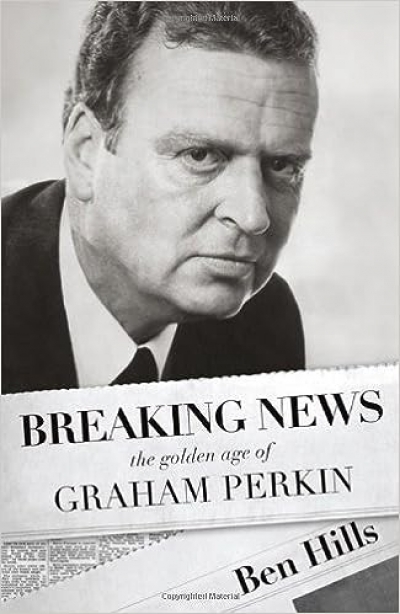Phillip Knightley, Murray Sayle and other authors of the Daily Mirror’s historical feature used to relish their days sitting in the Sydney ‘public library’ researching and writing pieces on rape, pillage, sexual betrayal and murder most foul. Decades later, in the early 1990s, I began spending days sitting in what had become the State Library of New South Wales wading through yellowing copies of Sydney’s tabloid press. On one such day in the late 1990s, I stumbled across a card in a catalogue for an index to the Daily Mirror’s muckraking stablemate, Truth. The discovery or creation of a new newspaper index is always a thrill for media historians. I immediately submitted a call slip for the index, and up came a hefty ledger of alphabetical references to Truth for the late 1920s. Lodging more call slips, I ended up surrounded by ledgers ranging from 1925 to 1947. They were all handwritten, and presumably laboriously compiled by a librarian at Ezra Norton’s company, Truth & Sportsman Ltd. Who knows what went through the librarian’s mind as he or she indexed stories of divorce, rape, incest, prostitution, white slavery and cocaine rackets covered by one of Australia’s most notorious newspapers.
...
(read more)



